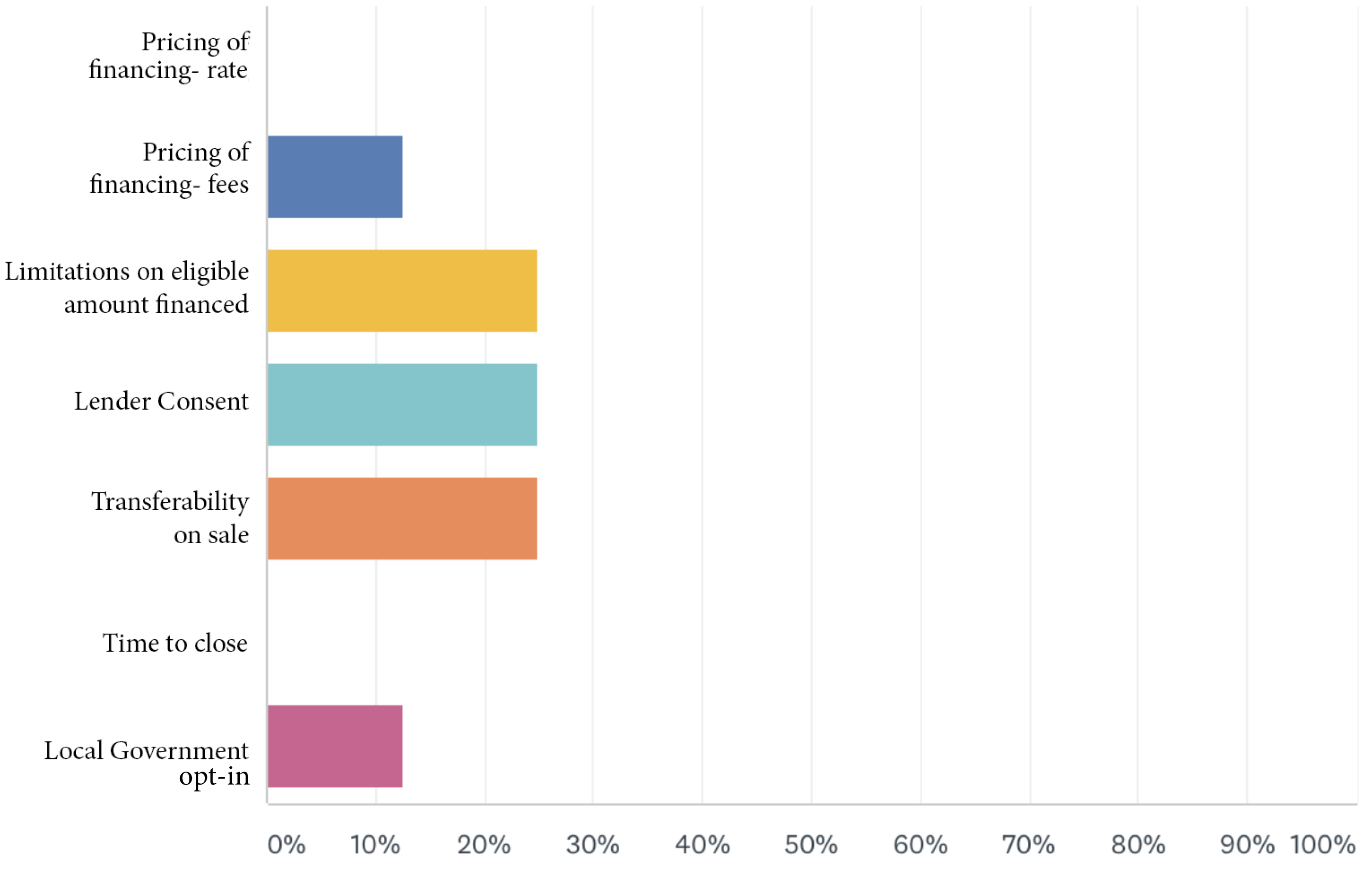June 28, 2019 by Evan Kreinces
In a recent survey, members of the National Association of Industrial and Office Parks (NAIOP) Central Florida chapter were asked a variety of questions about C-PACE (Commercial Property Assessed Clean Energy) financing and its ability to address several challenges facing commercial real estate owners and developers.
Familiarity with C-PACE:
Among those surveyed, approximately a third of respondents had not previously heard of C-PACE financing while an additional 50% of the respondents had heard of C-PACE, but were reluctant to use it due to lack of knowledge.
Likelihood to use C-PACE financing on future projects:
Despite the availability of historic, opportunity zone, and new market tax credits as well as other economic and commercial development programs based on location and project type, 30% of respondents answered that they would be “very likely to likely to consider” using C-PACE in the future. The majority of respondents additionally listed historic tax credits, opportunity zone, and new market tax credits as “likely to consider” for future projects.
Challenges using PACE:
With tenancy and reduction of operating costs noted by respondents as key challenges to property owners, questions turned to the viability of C-PACE as a financial tool to address some of these concerns. Approximately 25% of respondents stated that limitations on the eligible amount financed was the greatest obstacle of using C-PACE funding. Lender consent and transferability on sale were two other frequently cited issues.
Survey Question: What is the greatest obstacle you perceive when considering PACE financing?

Devesh Nirmul, Vice President, of Counterpointe Sustainable Real Estate advises, “PACE as a financial product plays a significant role in reducing the barriers to entry for many sustainable and renewable projects, but it doesn’t work for every single situation. We need owners and developers to ask those questions though. When we sit with NAIOP members they can quickly get a sense of when, where and how to best use this tool to enhance their properties and improve their economics.”
|